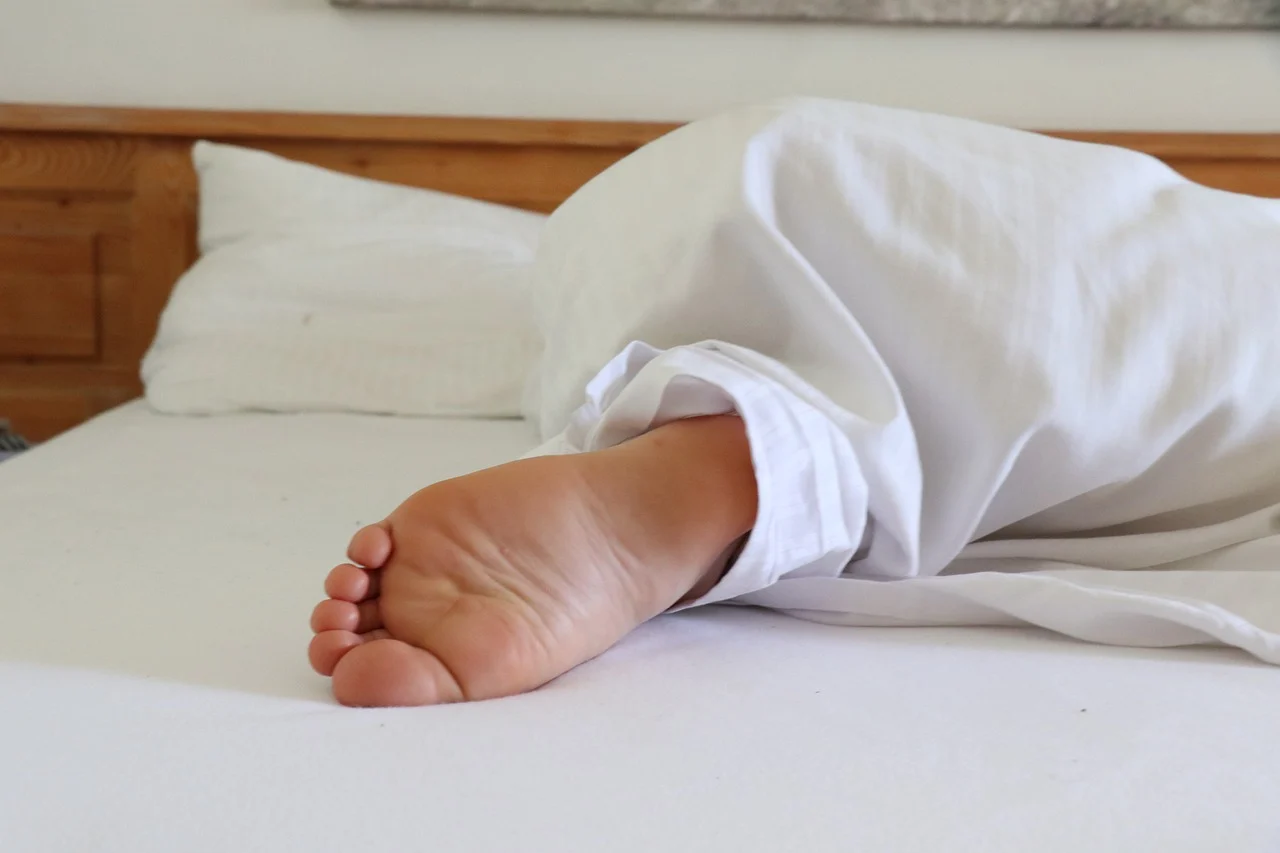In today’s fast-paced world, stress has become an almost universal experience. From demanding work schedules to personal responsibilities, many people find themselves overwhelmed by tension and anxiety. Chronic stress not only affects mental well-being but also takes a toll on physical health, contributing to issues like high blood pressure, insomnia, and weakened immunity. While there are numerous strategies to manage stress, one technique stands out for its simplicity, accessibility, and effectiveness: Progressive Muscle Relaxation (PMR) .
Developed in the 1920s by Dr. Edmund Jacobson, PMR is a mindfulness-based practice that involves systematically tensing and relaxing different muscle groups in the body. This method helps release physical tension, calm the mind, and promote relaxation. In this article, we’ll explore how PMR works, its benefits for stress relief, and practical tips for incorporating it into your daily routine.
How Progressive Muscle Relaxation Works
The premise of PMR is simple yet powerful: by consciously tensing and then releasing specific muscle groups, you heighten awareness of physical sensations and learn to distinguish between tension and relaxation. This process helps reset the body’s stress response, activating the parasympathetic nervous system—the part of the autonomic nervous system responsible for rest and digestion.
Here’s how PMR typically works:
- Tension Phase: You deliberately tighten a specific muscle group (e.g., clenching your fists or raising your shoulders) for about 5-10 seconds.
- Release Phase: You abruptly release the tension and allow the muscles to relax completely for 15-20 seconds.
- Awareness Phase: You focus on the sensation of relaxation, noticing the contrast between tension and calm.
By repeating this cycle for various muscle groups—from head to toe—you create a wave of relaxation throughout the body. The entire practice usually takes 10-20 minutes, making it a convenient addition to your daily routine.
The Science Behind PMR
Research supports the effectiveness of PMR as a tool for stress management and overall well-being. Here’s what science tells us:
- Reduces Cortisol Levels Cortisol, often referred to as the “stress hormone,” plays a key role in the body’s fight-or-flight response. Chronic elevation of cortisol can lead to fatigue, weight gain, and impaired cognitive function. Studies show that PMR significantly lowers cortisol levels, promoting a state of calm.
- Improves Sleep Quality Insomnia and poor sleep are common consequences of stress. PMR has been shown to reduce sleep latency (the time it takes to fall asleep) and improve overall sleep quality by calming the nervous system and quieting racing thoughts.
- Decreases Physical Symptoms of Stress Stress often manifests physically through headaches, muscle tension, jaw clenching, and gastrointestinal issues. PMR directly targets these symptoms by releasing muscular tension and fostering relaxation.
- Enhances Mindfulness and Body Awareness One of the lesser-known benefits of PMR is its ability to cultivate mindfulness. By focusing on the sensations of tension and relaxation, individuals develop greater awareness of their bodies and learn to recognize early signs of stress before they escalate.
- Supports Mental Health PMR has been used as a complementary therapy for conditions like anxiety, depression, and PTSD. By reducing physiological arousal, it helps alleviate symptoms and improves emotional regulation.
Benefits of Progressive Muscle Relaxation
PMR offers a wide range of benefits beyond stress relief. Here are some of the most notable advantages:
1. Stress Reduction
As mentioned earlier, PMR is highly effective at mitigating the effects of acute and chronic stress. By teaching the body to relax deeply, it interrupts the stress cycle and promotes a sense of peace.
2. Pain Management
Tension-related pain, such as backaches, migraines, and neck stiffness, can be alleviated through PMR. The practice reduces muscle spasms and increases blood flow to affected areas, providing natural pain relief.
3. Improved Focus and Productivity
When the body is relaxed, the mind becomes sharper. PMR clears mental clutter, enhances concentration, and boosts productivity, making it an excellent tool for students and professionals alike.
4. Emotional Resilience
Regular practice of PMR builds emotional resilience by equipping individuals with tools to cope with challenging situations. Over time, they become better at managing stress without becoming overwhelmed.
5. Enhanced Athletic Performance
Athletes often use PMR to prevent injuries, improve flexibility, and accelerate recovery. By identifying and addressing areas of tension, they optimize their physical performance.
6. Accessibility and Cost-Effectiveness
Unlike other therapies that require specialized equipment or professional guidance, PMR can be practiced anywhere—at home, in the office, or even during travel. It requires no financial investment, making it accessible to everyone.
How to Practice Progressive Muscle Relaxation
Getting started with PMR is easy. Follow these steps for a basic session:
- Find a Quiet Space Choose a comfortable, distraction-free environment where you won’t be interrupted. Sit or lie down in a relaxed position.
- Start with Deep Breathing Take a few slow, deep breaths to center yourself. Inhale deeply through your nose, hold for a few seconds, and exhale slowly through your mouth.
- Begin with Your Feet Focus on your feet. Curl your toes tightly for 5-10 seconds, then release and let them go limp. Notice the difference between tension and relaxation.
- Move Upward Through Muscle Groups Work your way up through the following muscle groups, tensing each area for 5-10 seconds and then releasing:
- Calves
- Thighs
- Buttocks
- Abdomen
- Chest
- Hands and forearms
- Upper arms
- Shoulders
- Neck
- Face (jaw, cheeks, forehead)
- End with Whole-Body Awareness Once you’ve completed all muscle groups, take a moment to scan your entire body. Breathe deeply and enjoy the feeling of total relaxation.
- Practice Regularly Aim to practice PMR daily, especially during times of heightened stress. Consistency yields the best results.
Tips for Maximizing the Benefits of PMR
To get the most out of your PMR practice, consider these tips:
- Set an Intention: Before starting, remind yourself why you’re practicing PMR—whether it’s to unwind after a long day or prepare for a good night’s sleep.
- Use Guided Recordings: If you’re new to PMR, guided audio recordings or apps can walk you through the process step-by-step.
- Combine with Other Techniques: Pair PMR with other relaxation methods like meditation, yoga, or aromatherapy for enhanced effects.
- Be Patient: Like any skill, PMR takes time to master. Don’t worry if you don’t feel immediate results; keep practicing regularly.
- Modify for Comfort: If tensing certain muscles causes discomfort, skip those areas or adjust the intensity of the contraction.







